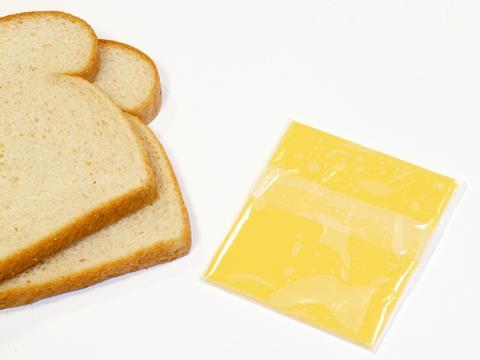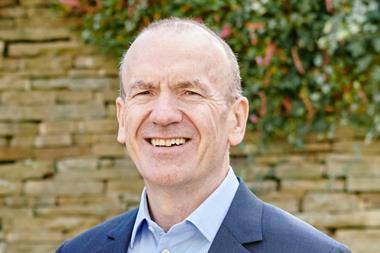
Until recently, the most commonly used scientific term to quantify foodstuffs implicated in the obesity epidemic was HFSS – a clumsy catch-all acronym denoting foods high in fat, salt and sugar. But a powerful new term is emerging: UPFs, or ultra-processed foods.
There’s something altogether more sinister about ultra-processing as a term than HFSS. It’s the difference between having too much of a good thing and having something that is unknown and insidious. And pushed by high-profile scientists like Tim Spector and Chris van Tulleken, the public is worried. A pan-European study out this week shows 65% of consumers are concerned about the impact of UPFs on their health.
Inevitably, consumers want to know more. There is widespread ignorance. Only 22% of consumers identified chocolate as a UPF. Only 16% in the case of cheese slices. And for that matter, only 61% considered energy drinks ultra-processed. As such, while 56% of shoppers said they consumed UPFs at least once a week, the figure is likely to be far higher. Imagine how much more fearful they will be with greater knowledge.
More on ultra-processed foods:
-
Join the debate on navigating ultra-processed food
-
What the UPF threat means for fmcg giants
-
Tony Blair’s call to tax junk food is more food illiteracy
But scientists are also struggling to provide the clarity consumers crave. One common definition of an ultra-processed food is a product with more than five ingredients. With nine ingredients, that makes Spector’s new M&S x Zoe Gut Shot a UPF. Another study cited in van Tulleken’s Ultra-Processsed People found that regular Heinz Beanz were UPF, while its organic beans were not. The margins are too fine.
Scientists are also struggling to determine if UPFs are universally unhealthy. Another study this week, from University College London, argues it’s too simplistic to demonise all UPFs. A lot is resting on more detailed findings.
And only in 31% of cases are consumers willing to concede that a UPF could be healthy. That spells bad news for those who want to innovate their way out of the obesity crisis, including the EIT Food Consumer Observatory – the research hub that commissioned the pan-European study. A seed has been planted. It will be difficult to stop it taking root.



















1 Readers' comment